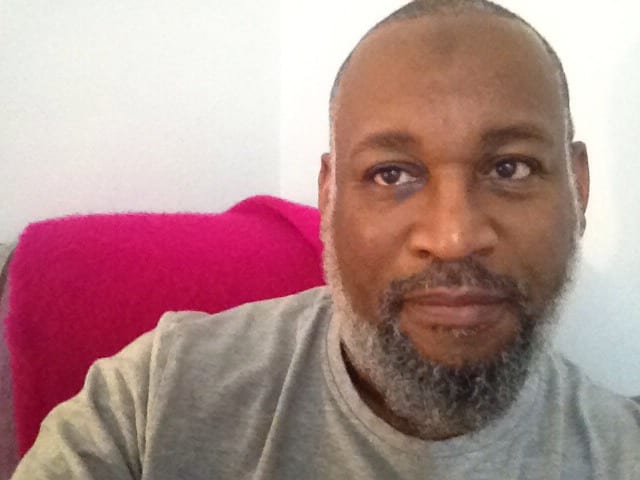The outbreak of violence in the Blue Nile leading to the death of at least 60 people this weekend and the injury of over 100 was sadly not unexpected. Tension was building for many months and now represents a wave of violence sweeping across eastern, western and central parts of Sudan.
In the latest incident, groups in the Blue Nile have clashed over long-standing land disputes and disagreements over arable and cattle rights often on ancestral pastures and areas. Reports say that tensions had been building for some time since and after the political changes of 25 October 2021 in which the Sudan Army dissolved the shared civilian rule.
However, much of the violence appears to stem from unresolved disagreements that have remained outstanding without settlement. Examples of such disputes include the problems between north and South Sudan in the Abyei region, which remains under the United Nations Interim Security Force for Abyei (UNISFA), a UN Peacekeeping force. The dispute in the Blue Nile has created an autonomous region with two factions of the Sudan People’s Liberation Movement (SPLM-N).
Over in Darfur, despite the Juba Peace Agreement, more than 200 incidents of violence were reported in 2021 alone, according to the UN Refugee Agency in 2021, with some three million people remaining internally displaced in the five Darfur states. In Chad, new arrivals have found refuge in five locations near the border and are in urgent need of food, water and shelter. The UN agency is providing them with emergency assistance. Chad hosts 520,000 refugees, 70 per cent of whom are from Sudan.
According to local media outlets, the violence in the Blue Nile was rooted in the dispute between the Berti tribe, who rejected a request by the Hausa group to create a “civil authority to supervise access to land”. The request follows the signing of the Juba Peace Agreement, in which legal provision was set aside for land in the Blue Nile area to be allocated to groups including the Berti, Ingasina and Fung.
However, a senior member of the Betis told the press that the tribe was responding to a “violation” of its lands by the Hausas. Such “violation” does not have a legal precedence and it is often difficult to work out who was entitled to use the land. Particularly, when relations between the communal groups are agreeable, agreements are often made on an ad-hoc basis. Such informal agreements are often rescinded when relationships between the groups revert to hostility.
The spokesman for the opposition group, Forces of Freedom and Change (FFC), Wagdi Saleh, accused unspecified elements supported by the army of inflaming the events of the Blue Nile “by imposing policies to deviate from the slogans of the revolution,” he said. Since 2020 the supporters of the revolution, including the Sudan People’s Liberation Movement – North (SPLM-N) led by Malik Agar, have been in control of the autonomous Blue Nile government.
That control has remained decidedly uneasy given that much of the southern area is controlled by another faction of the Sudan People’s Liberation Movement – North (SPLM-N) headed by Abdel Aziz Al Hilu. He has refused to sign the Juba Peace Agreement until Sudan becomes a secular state. The increasing instability is leading to an almost breakdown in law which has now become widespread in several southern towns.
The rise in conflicts across the border area has resulted in deployments by the Sudan Army Forces and the Rapid Support Forces who are trying to keep the peace, sometimes heavy handedly. However, the absence of agreement in these areas, according to aid agencies, has exacerbated the humanitarian situation. About 440,000 people are in need of humanitarian assistance, while between October 2021 and February 2022 13 per cent of the population was in crisis. About 50,000 people are suffering from acute malnutrition, while 8.6 per cent of the population require food assistance.
The conflict in Ethiopia’s Tigray area, issues around the Grand Ethiopian Renaissance Dam (GERD), and militarisation in Ethiopia’s Benishangul-Gumuz Region led to the closure of the borders between Blue Nile and Ethiopia. This has affected cross-border trade, the exchange of supplies and farming activities, and increased vulnerabilities of people living near the borders on both sides. It has also negatively impacted the movement of refugee returnees from Ethiopia to Sudan.
Undoubtedly, what happens in Khartoum, with protests and deaths of protestors being reported everyday, ultimately weakens the grip on security across the country. Unless political – and to some extent economic – stability is established across Sudan, it appears that curfews and states of emergency imposed in various regions, including the latest in the Blue Nile area, will have to continue, as stop-gap measures, until an elected and stable government can be installed across the country.
The views expressed in this article belong to the author and do not necessarily reflect the editorial policy of Middle East Monitor.

![Sudanese demonstrate in the Shangil Tobaya area for displaced people in North Darfur state, on June 18, 2013 [ASHRAF SHAZLY/AFP via Getty Images]](https://i0.wp.com/www.middleeastmonitor.com/wp-content/uploads/2020/12/GettyImages-170811152-1.jpg?fit=920%2C613&ssl=1)







